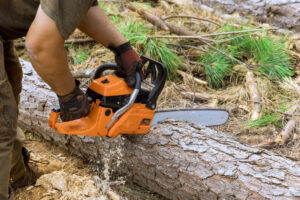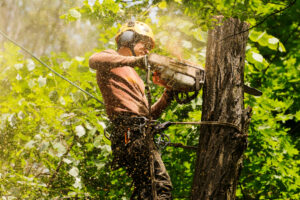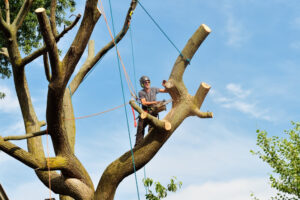Understanding the Factors that Influence Tree Removal Cost in Richmond, VA
Tree removal is a common necessity for homeowners and property managers in Richmond, VA. Whether it’s about mitigating risks posed by damaged trees or reclaiming space in the yard, the cost of this service can fluctuate significantly. To make well-informed decisions and budget effectively, it’s crucial to delve into the factors shaping tree removal expenses in Richmond, VA. This article serves as a comprehensive guide to understanding these factors and their implications.
Location:
The geographical placement of a tree holds substantial weight in determining the cost of its removal. Trees entangled near power lines, buildings, or other structures demand a more intricate removal process, often involving specialized techniques and equipment. Such complexities inevitably hike up the overall expense. For instance, removing a tree near power lines necessitates the involvement of skilled professionals to ensure safety and prevent disruptions to utility services.
When a tree is situated close to structures or power lines, the removal process becomes inherently more challenging. The proximity to buildings or electrical infrastructure necessitates careful planning and execution to avoid potential hazards and damages. In such cases, arborists often employ specialized rigging techniques and equipment to safely dismantle the tree in sections, minimizing the risk of property damage and ensuring the safety of workers and bystanders.
Moreover, trees growing in confined spaces, such as narrow alleys or urban environments, pose additional challenges during removal. Limited access inhibits the use of heavy machinery, requiring arborists to rely on manual labor and specialized equipment to navigate tight spaces and extract the tree safely. Consequently, the labor-intensive nature of such operations contributes to higher removal costs.
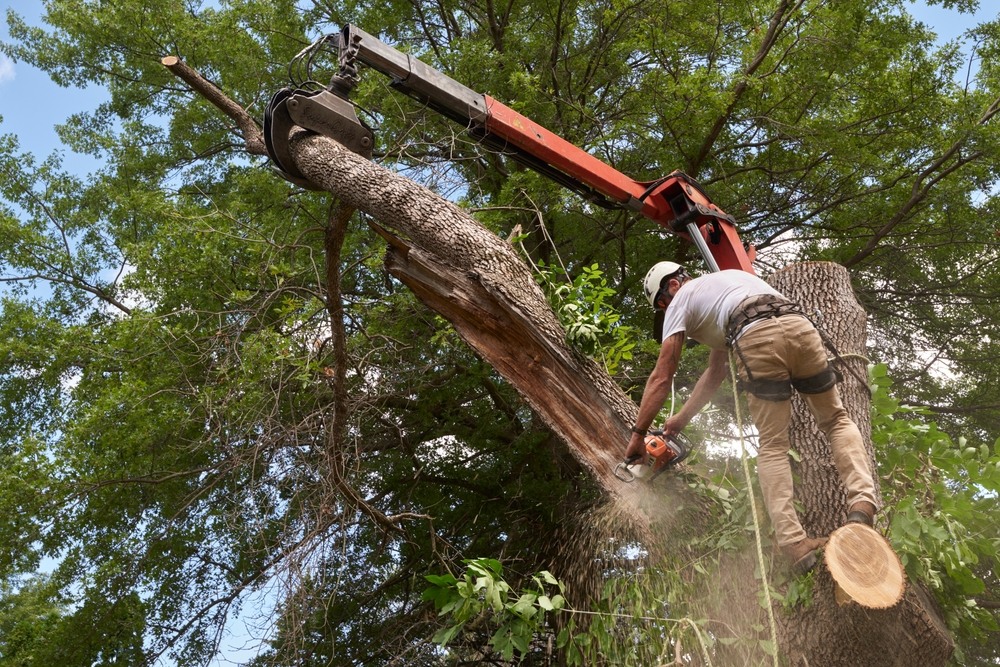
Size:
Size matters significantly when it comes to tree removal costs. Larger trees entail more labor, time, and equipment to extract, thereby inflating the overall expenditure. The process of dismantling and removing massive trees demands meticulous planning and execution to minimize risks and damages. Moreover, the disposal of sizable tree components like trunks and branches adds logistical challenges, contributing further to the total cost.
The size of a tree directly correlates with the complexity of the removal process. Large trees often have extensive root systems and dense foliage, requiring additional time and effort to disassemble and remove. Arborists must carefully assess the structural integrity of the tree and develop a strategic plan for its safe and efficient removal.
In some cases, the sheer size of a tree may necessitate the use of specialized equipment, such as cranes or aerial lifts, to access and remove branches and limbs. These equipment rentals incur additional costs, which are passed on to the homeowner or property manager. Furthermore, the disposal of large tree components may require heavy-duty machinery and transportation, further adding to the overall expense.
Condition:
The health and condition of a tree profoundly influence the complexity and cost of its removal. Diseased, dead, or structurally compromised trees pose heightened risks during removal, necessitating additional precautions and specialized equipment. For instance, removing a dead tree requires careful assessment and strategic planning to prevent collapse and ensure worker safety.
Diseased trees may harbor pathogens and pests, posing risks to nearby vegetation and ecosystems. As such, the removal process must incorporate measures to contain and mitigate the spread of diseases and pests. Additionally, the decayed wood of diseased trees is often brittle and prone to breakage, requiring careful handling and removal to minimize safety hazards and property damage.
Structurally compromised trees, such as those with extensive rot or decay, pose unique challenges during removal. Arborists must assess the stability of the tree and develop a tailored removal plan to address potential hazards and minimize risks. In some cases, the use of bracing or support systems may be necessary to stabilize the tree during removal, adding to the overall cost.
Accessibility:
Accessibility to the tree site plays a pivotal role in determining removal costs. Trees situated in hard-to-reach areas, such as backyards or remote locations, often entail added expenses due to the need for specialized equipment and manual labor. Transporting heavy machinery across uneven terrain or navigating through tight spaces can significantly prolong the removal process, thereby escalating costs.
The accessibility of a tree site impacts the efficiency and logistics of the removal operation. In urban environments or densely populated areas, limited access may restrict the use of large equipment, necessitating alternative methods or manual labor to extract the tree. Additionally, obstacles such as fences, buildings, or landscaping features may require careful maneuvering and coordination to ensure safe and effective removal.
In remote or rural locations, accessibility challenges may arise from rugged terrain or lack of infrastructure. Arborists may need to transport equipment over long distances or navigate through rough terrain to reach the tree site, adding time and logistical complexities to the removal process. Consequently, the cost of tree removal in such areas may be higher due to the increased effort and resources required to access and extract the tree.
Hazards:
The presence of inherent hazards associated with a tree can substantially impact removal costs. Trees exhibiting signs of instability, such as leaning or overhanging branches, pose heightened risks during removal, requiring careful planning and precautionary measures. Addressing such hazards often involves intricate rigging techniques and specialized equipment, driving up labor and equipment costs.
Moreover, mitigating potential damages to surrounding structures or landscapes adds another layer of complexity and expense to the removal process. Arborists must assess the risk of falling debris and implement measures to protect property and infrastructure from damage. This may involve the use of protective barriers, tarps, or specialized rigging systems to control the descent of tree components and minimize impacts.
In some cases, hazardous trees may require partial or complete dismantling to mitigate risks and ensure the safety of workers and bystanders. This process involves carefully removing branches and limbs in controlled sections to prevent sudden collapses and minimize damages. Additionally, the disposal of hazardous tree debris may require specialized handling and disposal methods, further adding to the overall cost.
Debris Removal:
The disposal of tree debris constitutes a significant component of tree removal costs. The volume and nature of debris generated during the removal process influence the overall expense. While some companies include debris removal in their service package, others may charge additional fees based on the quantity and disposal method.
The disposal of tree debris entails various considerations, including transportation, processing, and disposal fees. Arborists may use wood chippers to mulch branches and limbs on-site, reducing the volume of waste and facilitating disposal. Alternatively, debris may be hauled away to off-site facilities for processing and recycling, incurring additional transportation and disposal costs.
The method of debris removal depends on factors such as the accessibility of the tree site, the volume of debris generated, and the homeowner’s preferences. While on-site mulching offers convenience and cost savings, off-site disposal may be necessary for large-scale removal projects or when space constraints prohibit on-site processing. Homeowners should discuss their options with arborists to determine the most suitable and cost-effective approach for debris removal.
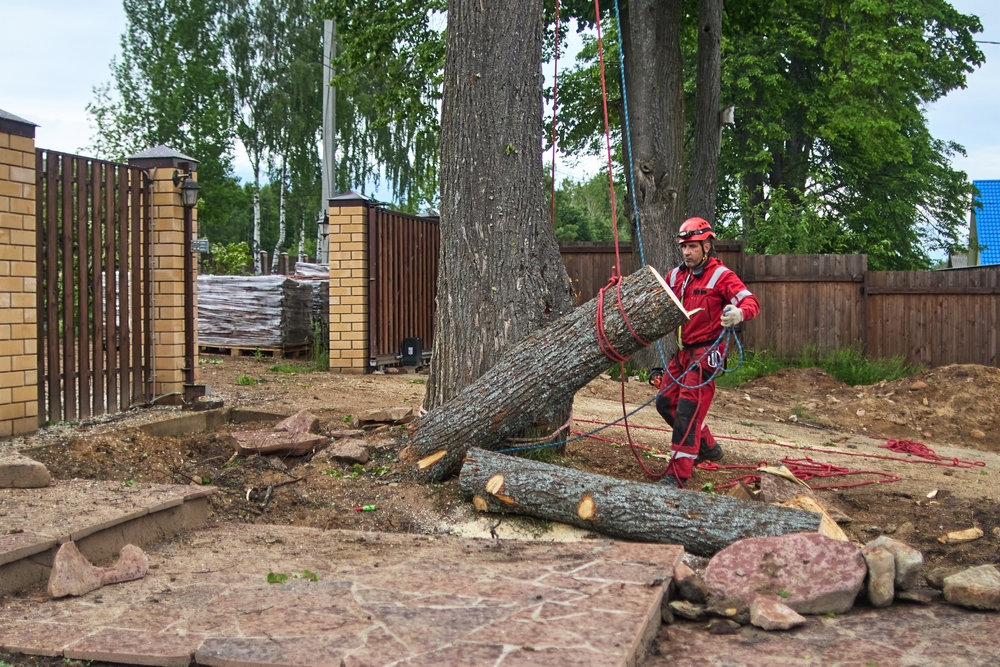
Additional Services:
Apart from basic tree removal, additional services may be required or requested, further influencing the total cost. Services such as stump grinding, tree trimming, or limb removal are often performed concurrently with tree removal or as standalone tasks. Each additional service adds to the overall expense, reflecting the labor, equipment, and expertise involved.
Stump grinding is a common add-on service requested by homeowners seeking to remove unsightly tree stumps from their property. This process involves using specialized equipment to grind the stump into small wood chips, which can then be used as mulch or disposed of off-site. Stump grinding costs vary depending on factors such as the size and location of the stump, as well as accessibility and disposal fees.
Tree trimming or pruning may be necessary to address overgrown or hazardous branches and improve the health and aesthetics of surrounding vegetation. Trained arborists carefully assess the tree’s structure and growth patterns to identify areas requiring pruning and develop a tailored trimming plan. The cost of tree trimming depends on factors such as the extent of pruning required, the size and species of the tree, and accessibility to the tree site.
Limb removal is often requested to eliminate dead or diseased branches posing risks to property or safety. Arborists use specialized pruning techniques to selectively remove problematic limbs while preserving the overall health and integrity of the tree. The cost of limb removal varies depending on factors such as the number and size of limbs, the complexity of the pruning operation, and any additional services requested by the homeowner.
Transitioning between sections helps maintain the flow of information, guiding readers through the intricate factors influencing tree removal costs in Richmond, VA. By considering these factors comprehensively, homeowners and property managers can make informed decisions, obtain accurate estimates, and effectively budget for tree removal projects. In conclusion, understanding the multifaceted dynamics of tree removal costs empowers individuals to navigate this essential service with confidence and clarity.
Tree Trimming Richmond
(804) 533-3943
https://treetrimmingrichmond.com/

